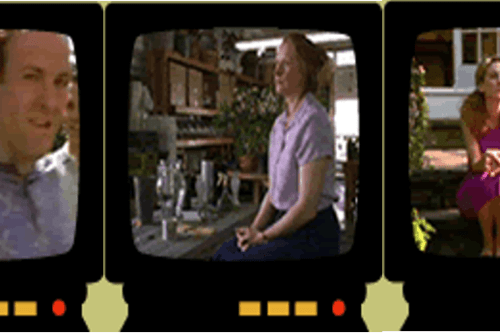Conclusion
Popular representations of such cases beg us to consider what is in the best interests of the child. This powerful phrase ostensibly guides social workers, psychologists, and judges when they make determinations about where and with whom a Native American child in the U.S. in the 1950s, or a Malawian child in the 2000s, should grow up. What we think is best for that child is key in legal thinking about the disassembling of families, removing children from their birth families. But my focus here is not on the politics of children—it is about the politics of modern families. So I offer here a mildly radical suggestion—what if, instead of or alongside the idea of what is in the best interests of the child, we consider what is in the best interests of the family? Or what is in the best interest of the nation? Or the world? What if we think about some alternative people, groups, collectives, or ideas that we also value, along with children?
I don’t think that reconsidering the way we make these decisions will solve everything, of course. Prioritizing the best interests of a family is just as much a political choice. And a family may not be a unified entity: if women still have a “second shift” in two-income heterosexual couples, members of a single family can surely have opposed or divergent interests. 1 But perhaps taking that variety, hetereogeneity, and diversity of the family into consideration—as well as the broader questions of social justice that we must also consider—will help us to make better decisions at individual levels, and policies at political levels, for our modern families.
Talking about family in this way is often unpopular with feminists, not only because it rests on an assumption that family is a women’s issue which we usually try to contest, but also because focusing attention on the power inequalities underlying “choices” like surrogacy, international adoption, or hiring a nanny can be upsetting to women who are convinced that these “choices” are the only ones that will allow them to do what they want to do. Seeing the shadow side of those “choices” can reveal that one woman’s choice is made at the expense of another woman’s reproductive integrity. And because people assume family is a women’s issue, drawing attention to the sometimes exploitative implications of family choices—to the ways that reproduction is stratified—can end up placing blame on women, which is far from what I want to do here. Instead I want to ask us to think a bit about how what we’ve been taught to see as family choices may seriously affect other people’s lives.
Many white, middle-class families eagerly embrace the narratives of the new kinds of families that are emerging as empowering, positive, choices. But this self-congratulation comes with a reluctance to confront the ways in which such creative family configurations as in-home child care, surrogacy, or adoption are constructed on global hierarchies of inequality. I want to suggest that we should, in the words of Roger Sanjek, “be suspicious of analyses in which everyone benefits,” 2 like those of the Indian fertility doctor or of Madonna speaking of the positive outcomes of their own reproductive strategies. I want to suggest that we try to re-think some of our assumptions about reproduction as apolitical, or certain choices as unproblematic. But we also need to recognize that these are real decisions that people must face every day, and there is no perfect answer.
What are the broader, political and economic constraints that push some mothers into situations where any choice they make is going to be viewed unfavorably, or where they truly have no choice in the matter, while other mothers get to make choices without fully understanding the implications and consequences of their choices for other people around the world? These are hard issues for present-day feminists to deal with, I think, but in order to really confront the politics of modern families we have to consider both how these politics constrain what (white middle class) women can choose or feel like they can choose, and in what ways these politics may be constructed on the unstable foundations of other people’s suffering.
- Arlie Russell Hochschild, The Second Shift (New York: Avon Books, 1990). [↑]
- Roger Sanjek, “Maid Servants and Market Women’s Apprentices in Adabraka,” In At Work in Homes: Household Workers in World Perspective, Shellee Colen and Roger Sanjek, eds. (Washington, DC: American Anthropological Association, 1990).[↑]


